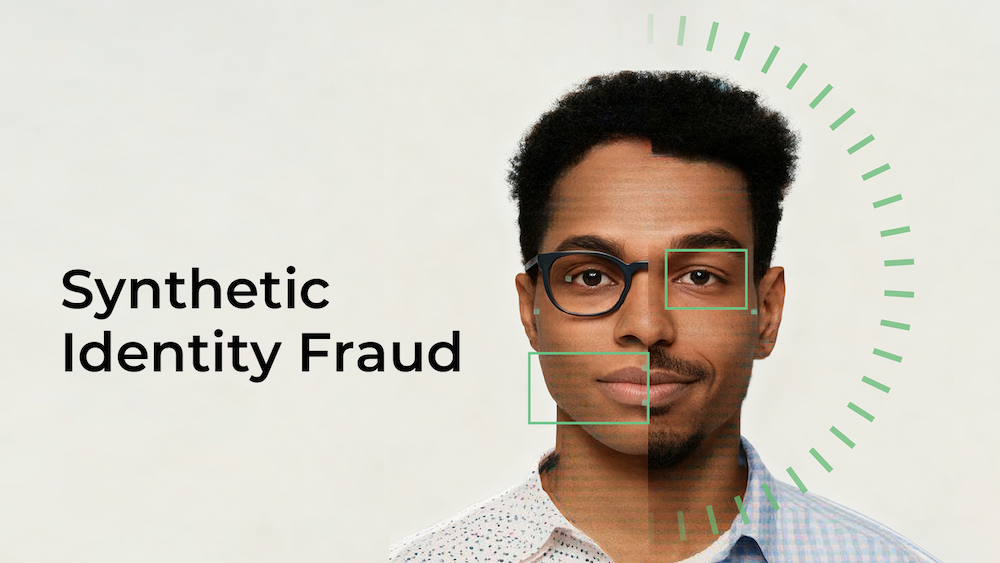We do not offer, support, or condone any illicit services mentioned in this glossary. We also do not sell any data to illegal entities. These terms are provided solely for educational and awareness purposes to help businesses understand and prevent fraud.
What is Fraud as a Service (FaaS)?
Fraud as a Service (FaaS) refers to an illicit business model where fraudsters sell or lease tools, software, and services to other criminals, enabling them to carry out various fraudulent activities. These services are typically offered on dark web marketplaces or private forums, making sophisticated fraud schemes accessible to low-skilled individuals or groups.
Offerings under FaaS often include phishing kits, botnets, stolen credentials, fake identity packages, ransomware services, and fraud consultancy. FaaS has revolutionized cybercrime by lowering the barrier to entry, allowing virtually anyone to participate in fraud with minimal technical expertise.
How Does Fraud as a Service Work?
Creation of Fraudulent Tools and Services
- Cybercriminals develop tools like phishing kits, malware, and botnets or obtain vast amounts of stolen data (e.g., credit card numbers, personal identities, or login credentials).
Marketplace Distribution
- These tools and services are sold or leased on underground marketplaces, private forums, or through encrypted messaging platforms.
- Payment is often conducted via cryptocurrencies to maintain anonymity.
Fraud Campaign Execution
- Buyers of FaaS services use these tools to commit fraud, such as stealing funds, creating fake accounts, or executing phishing attacks.
- Fraudsters may also purchase consultation services or "how-to" guides to refine their schemes.
Revenue Sharing and Growth
- Some FaaS providers operate as businesses, offering subscription models or revenue-sharing schemes, where they earn a portion of the fraud proceeds.
Use Cases
Legitimate Scenarios (For Research)
- Cybersecurity Firms: Researching FaaS platforms and offerings to anticipate threats and build preventive measures.
- Law Enforcement: Monitoring FaaS activities to identify fraudsters and dismantle organized fraud networks.
Fraudulent Use Cases
- Phishing Kits: Pre-built phishing pages that mimic legitimate websites (e.g., banks or e-commerce platforms) to steal user credentials.
- Credential Stuffing Attacks: Stolen login credentials, often purchased through FaaS, are used to gain unauthorized access to accounts.
- Botnets for Fraudulent Traffic: Fraudsters lease botnets to carry out automated attacks like card testing or promo abuse.
- Ransomware as a Service (RaaS): FaaS providers lease ransomware tools to enable attacks on businesses, demanding ransom payments in return for data decryption.
Impacts on Businesses
Financial Losses
- Fraudulent Transactions: Businesses face chargebacks, lost revenue, and stolen funds due to fraud campaigns executed using FaaS tools.
- Increased Fraud Mitigation Costs: Companies must invest heavily in fraud detection and prevention technologies to combat sophisticated attacks.
Reputational Damage
- Customer Distrust: High-profile fraud incidents linked to stolen credentials or data breaches can erode trust in a company’s ability to safeguard customer data.
- Market Position: Frequent fraud issues can damage a company’s brand reputation, affecting its standing with partners and stakeholders.
Operational Challenges
- Increased Attack Volumes: FaaS platforms enable large-scale attacks, overwhelming business operations and fraud detection systems.
- Incident Management: Companies must allocate significant resources to detect, investigate, and recover from fraud incidents.
Compliance and Legal Risks
- Regulatory Penalties: Failing to prevent fraud-related breaches may lead to fines under regulations like GDPR, CCPA, or PCI DSS.
- Litigation Costs: Businesses may face lawsuits from customers or partners impacted by fraud schemes enabled through FaaS.













